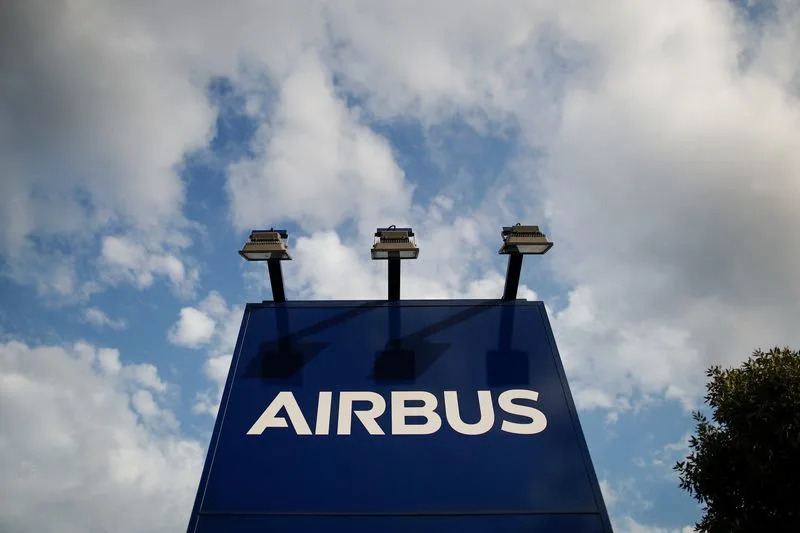Airbus on Tuesday gave a glimpse of technologies for its next airplane, a replacement for its best-selling A320neo family due to enter service between 10 and 15 years from now.
The question of when to replace the industry’s top-selling model, which competes with Boeing’s 737 MAX in the busiest part of the market, is one of the key decisions for Guillaume Faury as he enters a third three-year term as CEO next month.
Airbus said the new airplane would be 20-30% more efficient than the current A320neo family. In the U.S., NASA has said it is working on a rival configuration with Boeing that could reduce fuel consumption and therefore emissions by up to 30%.
Airbus is, however, keeping investors and competitors guessing over the scope and timing of any new project.
On Monday, Faury said the plane would be evolutionary rather than revolutionary, though Airbus has warmed to a potential open-fan engine studied by CFM that he described as more revolutionary than its alternatives.
On Tuesday, the company’s top development officials adopted a less cautious tone at an event to promote Airbus efforts to act as a catalyst for decarbonisation.
“We want to do this major gap (with the current model) which is not incremental, which is not optimisation,” said Bruno Fichefeux, head of future programmes at the world’s largest planemaker.
“We need to make sure that these technologies come to maturity and that we can bet our design on them, and we are not there yet,” he told the Airbus Summit.
“Our target … would be to introduce an aircraft in the second half of the next decade.”
Analysts said the emphasis on ground-breaking technology suggests that Airbus is in no immediate hurry to launch a new development, with rival Boeing hamstrung by financial problems and important wing and engine developments still taking shape.
Faury said last year Airbus would launch a new plane towards the end of the current decade. Most analysts estimate it would need around seven years after that to bring it to the market.
In its largest single research project, Airbus said it was making progress towards designing a light folding wing dubbed Wing of Tomorrow and studying new composite materials.
Airbus confirmed that it was looking at a drastic increase in production to 100 of the new airplanes a month, almost double current production.
Reuters reported on Monday that Airbus and Boeing were both separately pushing composite suppliers to be ready for sharp increases in output to 100 planes a month each for the next jet, as they make more use of plastic materials and robotic assembly.



